Scarcity. Do you panic when you confront it, or do you embrace it? I believe the span of your imagination is directly related to scarcity. As photographers, we have all been in a situation during a shoot where the conditions are not ideal. For example, the location is not desirable, the subjects are not "beautiful" or most of your gear is not with you. Under these less than desirable conditions, our human nature is to wish we had what we don't. We think in terms of "If I only hadâ¦..,I would be able toâ¦.."(Complete the sentence). But what if you are at a paid shoot, you must still come through at the level your clients know you can achieve. Your clients are only concerned with the end product, not the reasons why you couldn't do what you normally do. Now, the stage is set for your imagination and creativity to be stretched. After coming to terms with what you have to work with, the brain will switch from "routine" mindset to a "creator" mindset, a switch that doesn't happen very often. It is uncomfortable to work under conditions we are not used to. Therefore, we subconsciously avoid unpredictability and the unknown as much as we can.
How we can use scarcity to sharpen our creativity
A marathon runner's endurance is a photographer's creativity. Both heavily rely on these vital elements to succeed in their fields. When a runner goes for a run, the goal is to reach that pivotal point where the body is begging the runner to stop and rest. This is point is the "golden window". That's precisely the time, when the athlete needs to push throw and fight his irresistible urge to stop and rest. I call this point in time the golden window, because if one pushes through and continues to run, that person will achieve an increase of endurance. Next time that person runs, they will be able to run further and faster than ever before. As photographers, we don't need to push through exhaustion to gain endurance but we do need to surpass scarcity to gain creativity. The good news is; we don't have to wait for scarcity to occur naturally, we can make it happen! Once or twice a week, pick one or two specific issues you would like to address. Limit your self on what you will be working on to keep it specific and easy to remember. If you are working on finessing your posing techniques, choose only one pose to work on for particular exercise. Using only one pose, create different variations of that pose. You could also keep the pose intact, and create different variations by changing only the light. By limiting yourself to only one pose, you force your brain to think differently than what you are used to. This is precisely that of thinking that makes your head hurt, but the results is an increase of our ability to think creatively. These exercises don't have to be limited to posing; you can also do them by limiting your equipment on a shoot, perhaps only use one lens. My favorite kind is location-based scarcity. In other words, I do a practice photo shoot in a very small area and I must find every angle possible and use the objects around me to create a successful photo shoot within that space.
Example Exercise #1 (incorporating Geometry)
I have always been intrigued at how geometry in our environment influences the visual impact of a photograph. Geometry can turn an ordinary photograph into a fascinating one. The fact is geometry is all around us. Not a minute could go by where people are not exposed to some sort of geometry. This fact compelled me to train my eye to be more geometry sensitive. The exercise is quite simple but the results have been remarkable. I normally take a walk everyday to stay in some sort of shape, and I let my mind wonder for the duration of the walk. Instead of daydreaming, I began looking for circular shapes, squares and triangles in my route. I was surprised at how the walk I take every day, suddenly felt brand new to me again. Clearly the objects in my route have not changed, but my perspective has. I keep this game up when ever I take a casual walk. In this photo, I noticed the strong presence of the green square in this scene in the town of Segovia, Spain.
This is just one of hundreds of examples of how I ignore the rest of the scene to train my eye to notice the geometry around me with higher sensitivity.
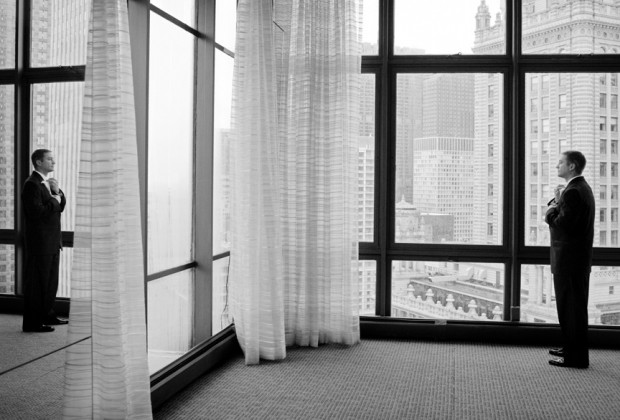
You can clearly see the influence geometry has in this photograph taken in Chicago. The squared frames jumped at me from my training and I placed the groom in the reflection from the mirror on the left to create balance in the photograph.
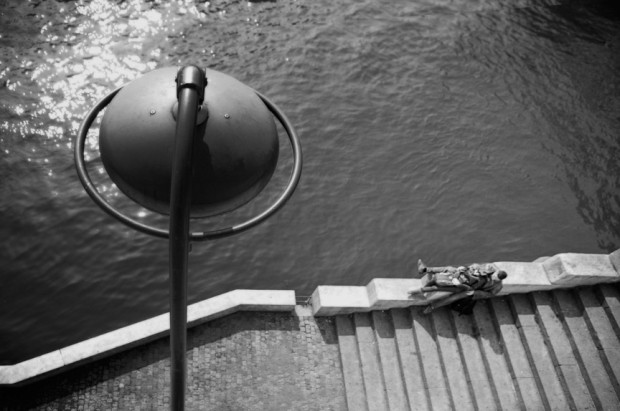
This time, was the circular lamp that grabbed my attention to capture this couple lying in the sun in Paris. I used the circular lamp for two reasons, to create depth, and also to balance the photograph. Imagine this photo without the circular lamp; it wouldn't have been nearly as interesting.
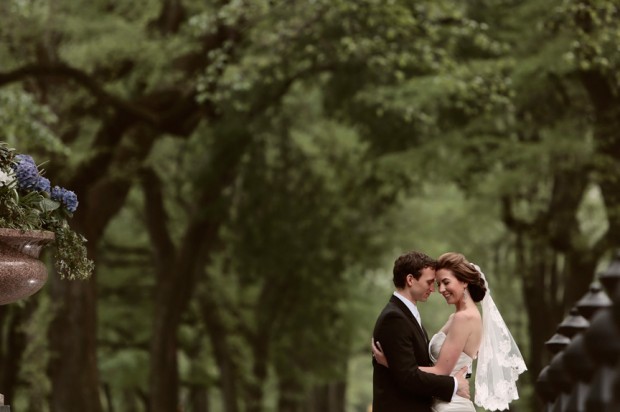
In the previous photographs, the geometry in the environment was pretty obvious, however in this photograph of the couple embracing in Central Park, the arch over their head in the background formed by the rows of trees was much more subtle. This is where training comes in very handy. Had I not done my geometry sensitivity training, I would have completely missed this beautiful arch and walked right passed it.
Using scarcity to master the best use of your lenses
In this section, I am referring to limiting the amount of lenses you bring with you to only one or two lenses for a training photo shoot. Most of us buy every lens we can afford, but rarely do we take the time to really bring out the strengths and know the weaknesses of each of our lenses. To be able to know when is the best time to bring out the ultra-wide angle lens vs. a medium range lens such as the 24-70mm. requires a keen understanding of how these two lenses will behave differently in the environment you intent to use them in. Most likely both lenses will do the job just fine, but one of them would have been a better choice than the other to create a higher level of visual impact. The question is which one and why?
Understanding your lenses Exercise
To find out, I created another exercise where I would leave all my lenses at home except for two, the 16-35mm f/2.8 and the 24-70mm f/2.8. I went ahead and shot hundreds of photos of people going about their day, architecture, landscapes, etc. What I learned from reviewing the photos was that if there are strong lines or bold geometry in the environment, than the 16-35mm f/2.8 would exaggerate these lines and shapes greatly and create a much more interesting photo than the 24-70mm f/2.8. However, if these strong shapes were not present in the environment and the focus was more on the people, than the 24-70mm f/2.8 was the better choice. I repeated this exercise with all my lenses using only two at a time.
Understanding your lenses exercise results
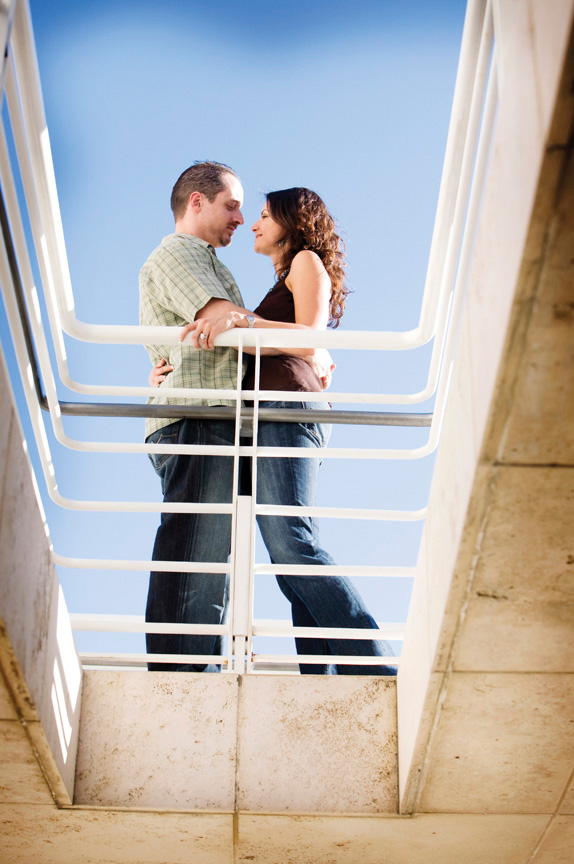
This photo was taken at the Getty Museum in Los Angeles. You can see the strong lines leading up to the couple. However, because this photo was taken with the 70-200mm f/2.8 lens, it fails to really bring out the strength of those leading lines. In fact, the 70-200mm f/2.8 is such a bad choice for this photo, that it makes those lines more of a distraction than an asset.
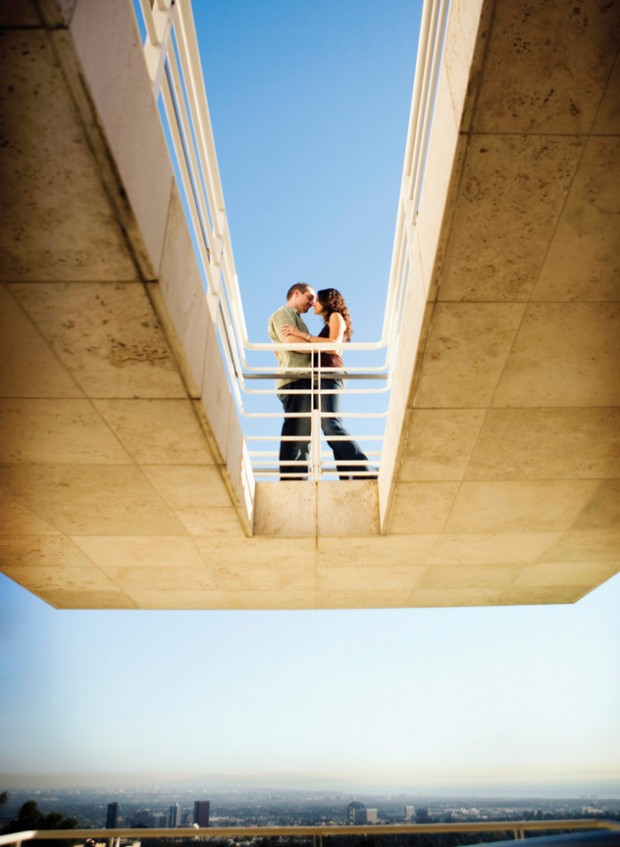
Now look what difference it makes to chose the right lens for the right place. Because of my practice sessions described above, I knew that the 16-35mm f/2.8 lens would be the best fit to exaggerate the length of those leading lines creating a very dynamic photograph.
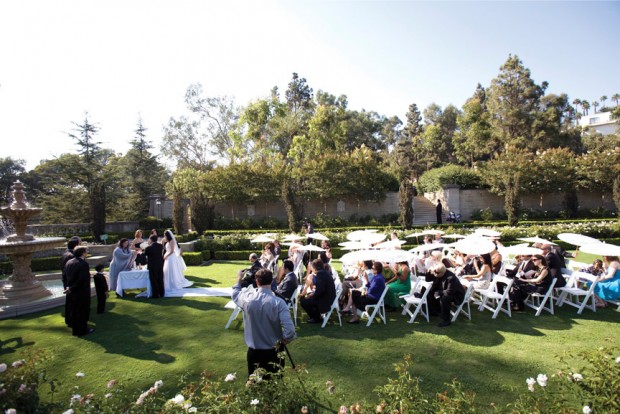
This photograph really exemplifies the importance of understanding when to pull out what lens. During a wedding in Beverly Hills, I was faced with this typical stale scene. To an untrained eye, this scene is exactly what I just described, boring. However, thanks to the practice sessions, I noticed the circular forms created by the parasols. Notice how I mentioned the shape before I describe what the object actually is. That's because to a photographer, the shape that objects make is far more important than what that object actually is. Because I know that if I have circles in my scene, I can exaggerate those circles using an extreme wide-angle lens resulting in this image:
The moral of the story here is that by training ourselves through limiting our tools or our locations or the poses we want to master, we will eventually be able to see photographic potential in locations where others simple cannot. Posing will become an extension of the mood we want to create instead of using most of our energy dealing with technical problems with our posing. The effort this level of skill requires pays off 1000 fold in our work and the rest of our careers.
THE BOOK: PICTURE PERFECT PRACTICE
If you are interested in learning more about training yourself, you can pick up a copy of my book Picture Perfect Practice, which focuses on precisely this empirical and fascinating topic. The book can be purchased here.
You can see mor of Roberto’s work at RobertoValenzuelaPhotography.com and follow him on Twitter.



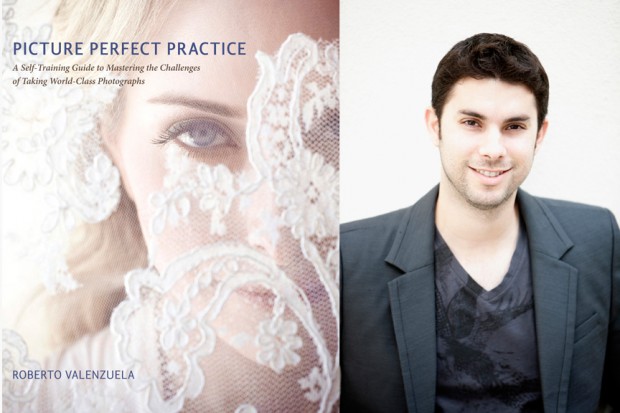
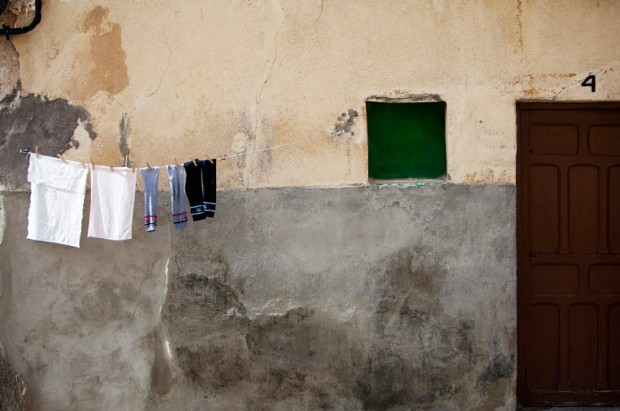
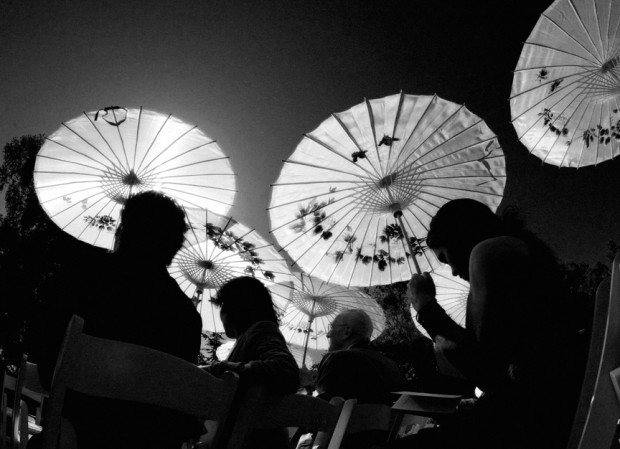
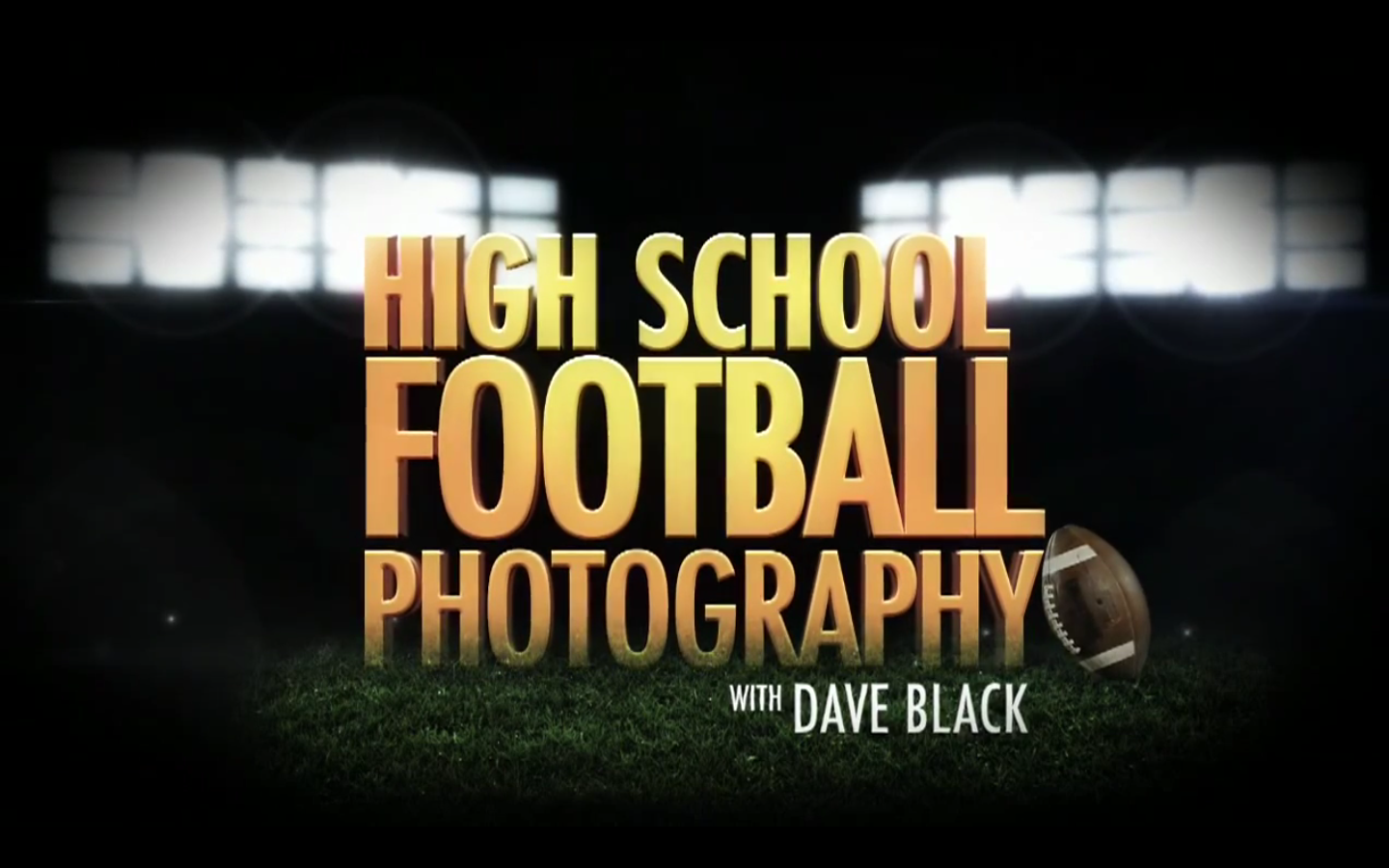
Excellent food for thought and food for practice.
Awesome Roberto, I have been experimenting lately by shooting in the worst scenarios and I believe it helps my photography. Shoot in the middle of the day, or with only one lens, etc. great blog!
Wonderful!Â
simple walks will never be the same again after reading this!
I just got Roberto’s book. If you want an infusion of creativity, you should too. This guy is a master of creating a great shot out of nothing!
Roberto, what a timely blog for me! Since I watched Scott’s “Crushing the Composition” video, I’ve taken a keen interest in geometry, patterns, and colors and finding ways to photograph them. Your book looks like a must-buy for me. Thank you!
–John
It looks like this is exactly what I need. Thank you!
Thank you for the wonderful post. I love geometry as well & try to incorporate it as much as I can. I have a wedding coming up in a couple of days and will keep this article near the front of my thought process. Again, thank you!
Awesome exercise to try! Many times I go exploring looking for something unique or different, but I don’t set a specific goal of what to look for. Focusing on one thing at a time is a good idea! Thanks for sharing!
Great article! Thank you very much.
Well that was a timely article since I just got your ebook the other day (without knowing who are you, but it looked like it would have some excellent information). Those are some great tips to try. Thanks!
Glad I checked in today :)
Great post thanks and it’s now on my Kindle – gotta love technology :))
Great Read. I appreciate your unique look at things. THANK YOU!!
Just got the ebook few days ago for 1pence through google play.
Not sure how much is it now though?
Look forward to reading if I should be lucky enough to win free copy. Have been a fan for long time now.
Great post and shots.
Excellent post, Roberto. Â Very thought-provoking. Thank you.